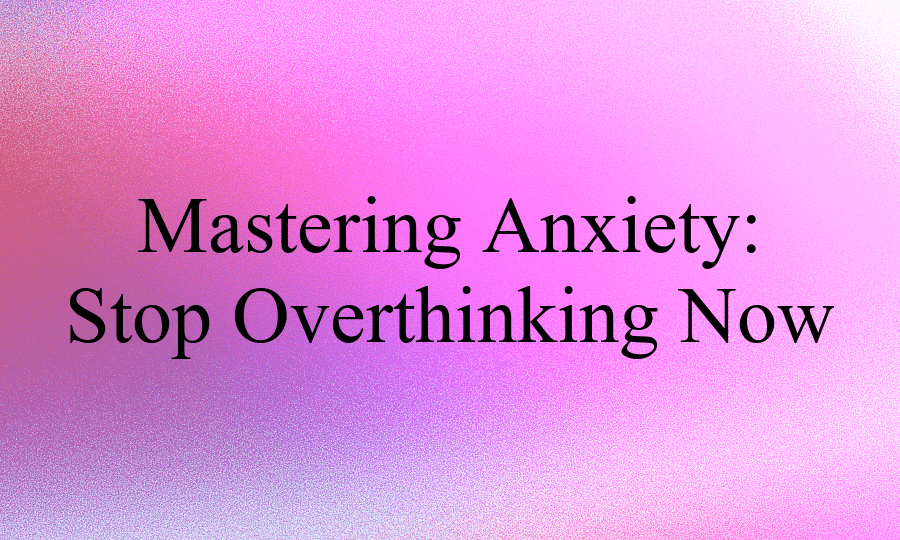
Overcoming Low Self-Esteem by Melanie Fennell Summary
Discover the clinically-proven CBT approach that transformed countless lives. Voted "Most Influential Female UK Cognitive Therapist," Dr. Fennell's revolutionary guide doesn't just address low self-esteem - it dismantles it. What negative thought pattern is secretly sabotaging your potential right now?
About the author
Melanie Fennell was a clinical psychologist and a pioneering cognitive-behavioral therapist. She authored Overcoming Low Self-Esteem, a cornerstone self-help book that blends evidence-based strategies with actionable cognitive therapy techniques.
Fennell was a Founding Fellow of the Oxford Cognitive Therapy Centre and an Associate Trainer at the Oxford Mindfulness Centre. She developed transformative treatments for depression and anxiety, including co-creating Mindfulness-Based Cognitive Therapy (MBCT) with Mark Williams.
Her work on low self-esteem, rooted in Beck’s cognitive model, has been validated in clinical studies and adapted into global therapeutic programs. She also co-authored Cognitive-Behavioral Therapy for Anxiety Disorders: Mastering Clinical Challenges, a key resource for clinicians addressing complex cases.
Fennell was voted “Most Influential Female UK Cognitive Therapist” by the British Association of Behavioural and Cognitive Psychotherapies. Her frameworks are taught in academic programs worldwide, and Overcoming Low Self-Esteem remains a widely prescribed tool in mental health practice, celebrated for its structured approach to dismantling self-critical thought patterns.
FAQs About This Book
Overcoming Low Self-Esteem is a cognitive behavioral therapy (CBT)-based guide that helps readers identify and challenge negative self-beliefs. It provides practical exercises to break cycles of self-criticism, improve self-worth, and adopt healthier thought patterns. The book focuses on understanding the roots of low self-esteem and offers step-by-step strategies to build lasting confidence.
This book is ideal for individuals struggling with self-doubt, anxiety, or depressive thoughts tied to low self-esteem. It’s also a valuable resource for therapists seeking CBT-based tools to support clients. The accessible language makes it suitable for both self-help readers and mental health professionals.
Yes, the book is praised for its actionable, evidence-based approach. Readers report life-changing results from its structured exercises, which help reframe negative thinking. However, critics note CBT techniques may feel overly rational for those needing emotional processing.
Key methods include:
- Thought records to track and challenge negative self-talk.
- Behavioral experiments to test the validity of self-critical beliefs.
- Core belief worksheets to address deep-seated negative self-views.
Fennell guides readers to identify "bottom-line" beliefs (e.g., "I’m unlovable") and systematically gather evidence against them. Through reflective exercises, readers learn to replace these beliefs with balanced, realistic self-assessments.
Yes, the book explores how low self-esteem intersects with social anxiety, depression, and eating disorders. By targeting underlying self-critical thoughts, it complements treatment for these conditions.
While specifics aren’t detailed in sources, reviewers mention updated editions refine exercises and incorporate newer CBT research. Always check for the latest version to access the most current strategies.
Unlike generic advice, this book offers a structured, clinical framework rooted in CBT. It focuses on long-term cognitive restructuring rather than quick fixes, making it a staple in therapeutic settings.
Some readers find CBT’s rational approach insufficient for addressing deep emotional wounds. Critics argue it may neglect trauma-related self-esteem issues, requiring supplementary therapies.
Fennell encourages daily practice of techniques like:
- Journaling negative thoughts and counterevidence.
- Gradual exposure to feared social situations.
- Celebrating small wins to reinforce self-worth.
Both use CBT, but Fennell’s book specifically targets self-esteem, while Burns addresses broader depression. Overcoming Low Self-Esteem is often seen as more focused and actionable for identity-related struggles.
Its evidence-based CBT principles remain foundational in psychology. As societal pressures on self-image grow, the book’s tools for combating toxic self-criticism stay urgently applicable.
Quick Summary Mode - Read or listen to Overcoming Low Self-Esteem Summary in 8 Minutes
Break down key ideas from Overcoming Low Self-Esteem into bite-sized takeaways to understand how innovative teams create, collaborate, and grow.
Flash Card Mode - Top 6 Insights from Overcoming Low Self-Esteem in a Nutshell
Distill Overcoming Low Self-Esteem into rapid-fire memory cues that highlight Pixar’s principles of candor, teamwork, and creative resilience.

Fun Mode - Overcoming Low Self-Esteem Lessons Told Through 21-Min Stories
Experience Overcoming Low Self-Esteem through vivid storytelling that turns Pixar’s innovation lessons into moments you’ll remember and apply.
Personalize Mode - Read or listen to Overcoming Low Self-Esteem Summary in 0 Minutes
Ask anything, pick the voice, and co-create insights that truly resonate with you.

From Columbia University alumni built in San Francisco
See More Stories?

Get the Overcoming Low Self-Esteem summary as a free PDF or EPUB. Print it or read offline anytime.
























